
Push-ups are a polyarticular bodyweight exercise that primarily works on upper body muscle groups (ie, pectorals, anterior deltoids, brachial triceps) and secondarily on latissimus dorsi and biceps brachialis. Facing the ground, resting on both hands and both feet, the movement consists of flexing the elbows to lower the trunk towards the ground, then an elbows extension to resume the initial position.

Figure 1. Push-ups.
Push-ups are one of the most famous movement in resistance training. It is very simple to set up, requires no equipment, and can be done anywhere. The relative difficulty of the exercise allows it to be as well adapted to women, to adolescents as to men, whatever their level of fitness (Fig. 1).
Push-ups are often used in assessment tests for upper-body muscular endurance and strength (e.g., selection tests in the military, police, etc.). Unfortunately, the quantification of the resistance provided by such an exercise is difficult, especially if variations are used such as the variation of the height of the support for the hands or feet (Fig. 2-7).
In 2011, to address this issue, a team of American researchers measured ground reaction forces at the hands (i.e., forces applied to the hands on the ground) in several push-ups variations. These different variations are illustrated in figures 2 to 7 :
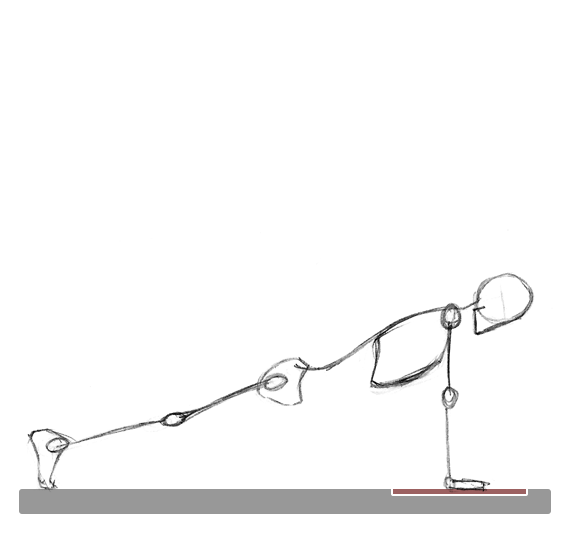
Figure 2. Normal Push-ups.
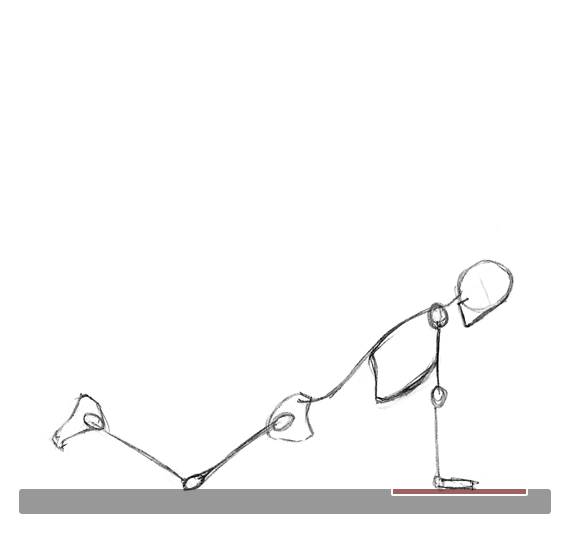
Figure 3. Push-ups on the knees.
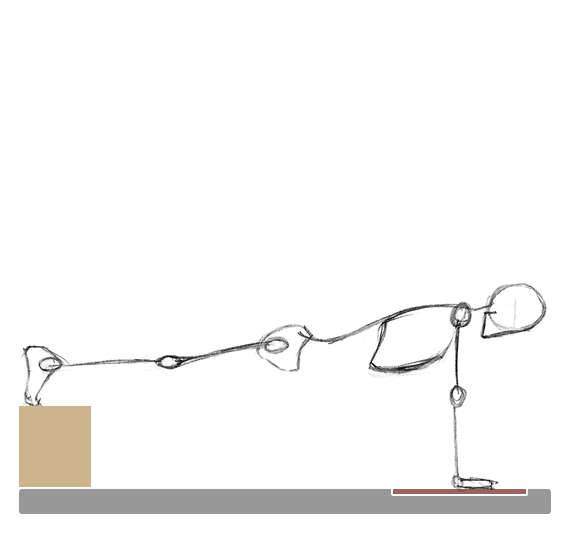
Figure 4. Push-ups with elevated feet of 30.48cm.
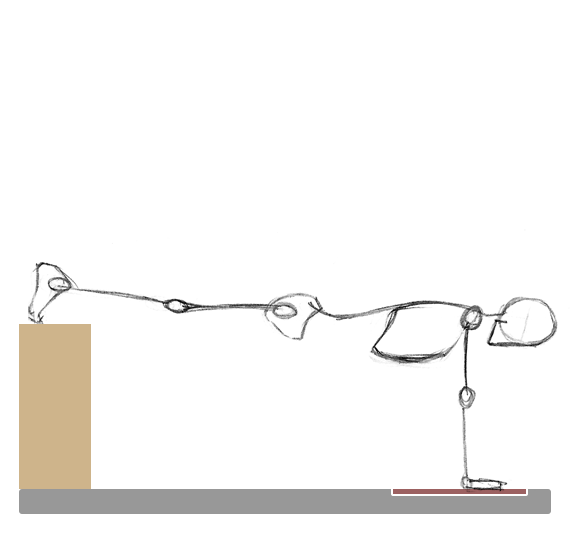
Figure 5. Push-ups with elevated feet of 60.96cm.
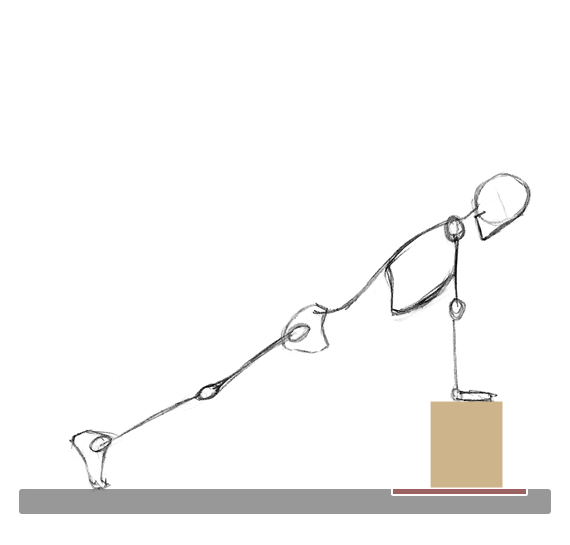
Figure 6. Push-ups with elevated hands of 30.48cm.
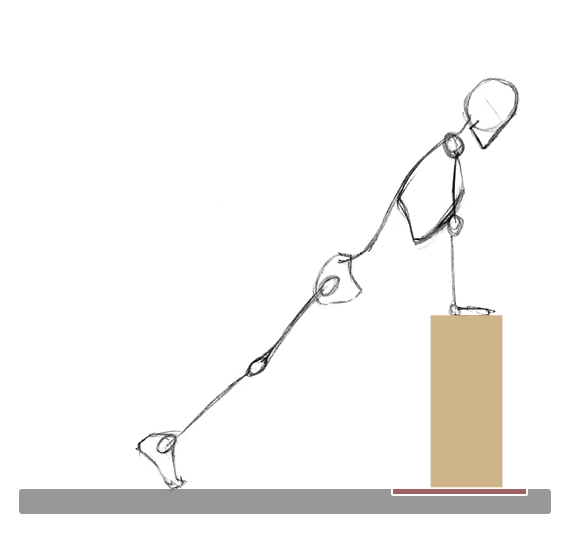
Figure 7. Push-ups with elevated hands of 60.96cm.
For this, 23 people (14 men and 9 women) participated in the study. After a warm-up, all the participants made 2 repetitions of each variation in a random order with 1 minute of rest between each variant. The exercises were performed at an identical pace : 2s of eccentric phase and 2s of concentric phase, with no pause between the two. The data were collected using a force plate placed under the hands.
The main results show that making push-ups with elevated hands of 60.96cm makes it possible to produce a force equal to 41% of the body weight and that therefore, in this study, it is the easiest variation to realize. While making push-ups with elevated feet of 60.96cm makes it possible to produce a force equal to 74% of the body weight, and it is therefore the most difficult variation realized in this study. The results are presented in Table 1.

The statistical tests carried out showed a significant difference between each push-up variation. This means that the different variations tested distinctly allow a progressive increase / decrease in resistance during exercise. Resistance will range from about 41% to 74% of body weight. In addition, no difference in coefficients was found between women and men.
This study highlights the variation in resistance as a function of the elevation of the hands or feet. Most athletes are well aware of this principle to vary the difficulty of the exercise of push-ups, but it is not necessarily the same for the general public. It is interesting to note the difficulty of the knees push-ups are between the version where the hands are elevated of 60.96cm and those where the hands are placed at 30.48cm. Thus, using these coefficients, it is preferable for a person to go from the knee version to the one where the hands are elevated by 30.48cm, before switching to the normal version of the push-ups.
These coefficients can be useful for sport professionals to recommend a progressive variation of resistance during the exercise of push-ups. It is also easier to quantify the resistance on each variation. Nevertheless, it would have been even more useful to make a mathematical model that would take into account the height of the hands, the height of the feet and the body mass to know the resistance directly. This would make it possible to overcome the 6 variations proposed in this study.
We remind you that you can quote articles by limiting your quotation to 200 words maximum and you must include a nominative link to this one. Any other use, especially copying in full on forum, website or any other content, is strictly prohibited. In doubt, contact us.
Copyright © 2011-2024 - www.sci-sport.com - All rights reserved